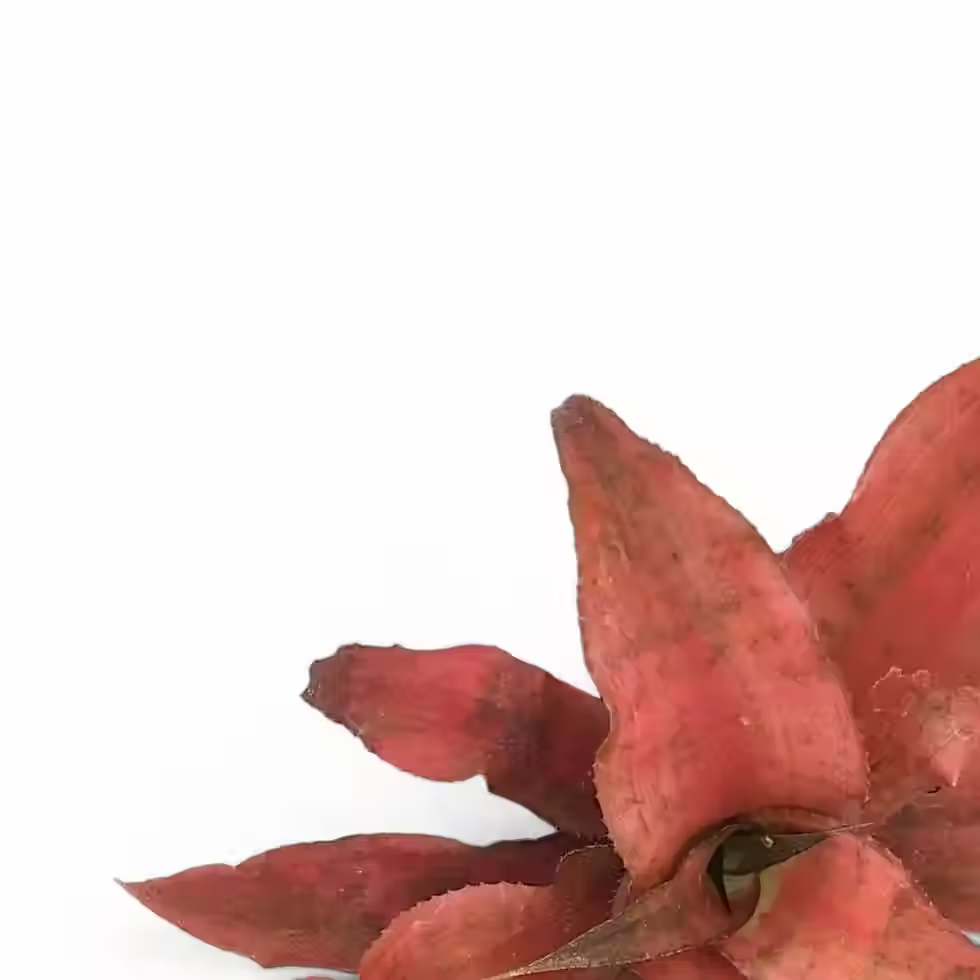Philodendron 'Anderson's Red' - Information and Plant Care
Philodendron 'Anderson's Red' variegata, also known as 'Red Anderson,' stands out as a striking and easy-to-grow hybrid that captivates plant enthusiasts. The plant’s intriguing history has sparked two theories: one suggests it is a variegated version of Philodendron 'Anderson's Red,' a hybrid with uncertain parentage initially developed by Ed Hummel. The other theory proposes that it results from a cross between the popular Philodendron 'White Knight' and 'Pink Princess,' originating in Indonesia. None of these theories are confirmed.
Regardless of its origins, this hybrid boasts a distinct charm, with each leaf showcasing unpredictable colors and patterns, making it a true conversation piece in any collection.
Features of Philodendron 'Anderson's Red' Variegata
- Growth Pattern: With a climbing habit, this Philodendron can reach impressive heights when given a support structure.
- Leaf Texture: The leaves are glossy and smooth, adding a touch of elegance.
- Color Variety: Each leaf unfurls in a spectrum of vibrant hues, including shades of green, red, and creamy-white, making every new leaf a surprise.
- Unpredictable Variegation: The unpredictable nature of the variegation ensures that no two leaves are alike, providing an ever-changing display of colors.
Plant Care for Philodendron 'Anderson's Red' Variegata
Caring for Philodendron 'Anderson's Red' variegata is straightforward, making it ideal for both beginners and experienced plant lovers.
- Light: Bright, indirect light encourages healthy growth, but avoid direct sunlight to prevent leaf burn.
- Watering: Keep the soil lightly moist, allowing the top few centimeters to dry out between waterings.
- Humidity: While Philodendrons appreciate higher humidity levels, they can adapt to average indoor conditions.
- Soil: Use well-draining soil to prevent root rot. A mix containing coconut coir and perlite works well.
- Fertilization: Feed monthly with a balanced liquid fertilizer to promote lush growth.
Common Issues and Solutions for Philodendron 'Anderson's Red'
Here are a few potential challenges and practical solutions to ensure your plant thrives:
- Yellowing Leaves: Overwatering can cause yellow leaves. Allow the soil to dry slightly before watering again.
- Leggy Growth: Inadequate light may cause the plant to stretch. Move it to a brighter spot with indirect sunlight.
- Root Rot: Ensure your plant is in well-draining soil and avoid waterlogging the roots.
- Pests: Watch out for common pests like spider mites or mealybugs. A quick wipe with insecticidal soap can help manage infestations.
Additional Notes on Growing Philodendron 'Anderson's Red' Variegata
To give your Philodendron 'Anderson's Red' variegata the best care, consider the plant’s natural environment. Philodendrons typically grow in tropical regions, where they thrive in dappled light under the canopy of trees. Replicating these conditions in your home ensures the plant will flourish.
Understanding the origins and growth patterns of your plant can offer valuable insights into its care. Mimicking the natural habitat of the species and its hybrids allows your plant to truly thrive, not just survive.
Etymology of Philodendron 'Anderson's Red' Variegata
The genus name Philodendron derives from modern Latin (Schott, 1830) and has Greek roots: "philo-" meaning "loving" and "dendron" meaning "tree." The name reflects the plant's natural inclination to climb trees in its native habitat, adhering to tree trunks with its aerial roots.
Order Your Philodendron 'Anderson's Red' Variegata Today
With its breathtaking variegation and easy care, Philodendron 'Anderson's Red' variegata makes a perfect addition to any plant collection. Order now and enjoy the stunning beauty of this rare hybrid!
Philodendron 'Anderson's red'
Philodendron 'Anderson's red' comes in following sizes:
- Baby Plant - comes in a ⌀ 6 cm pot and is approximately 10 cm tall
- M - comes in a ⌀ 12 cm pot and is approximately 25 cm tall

























































